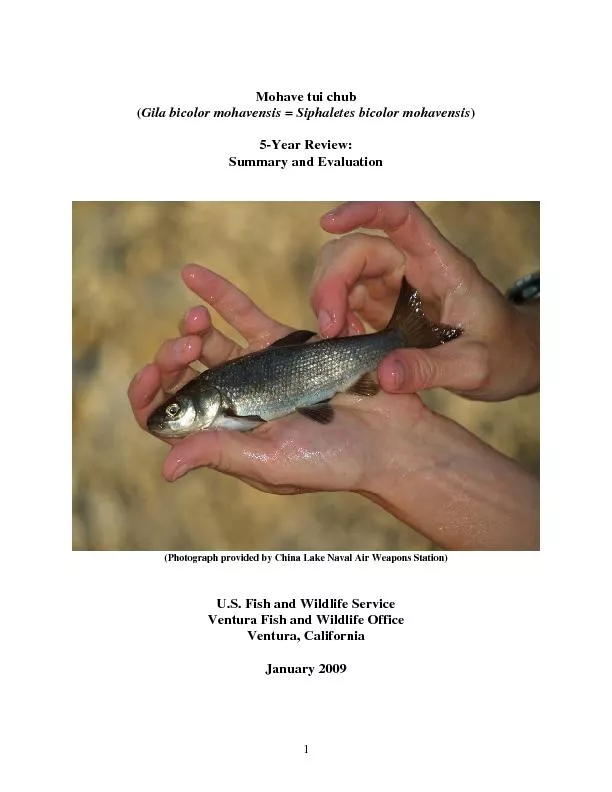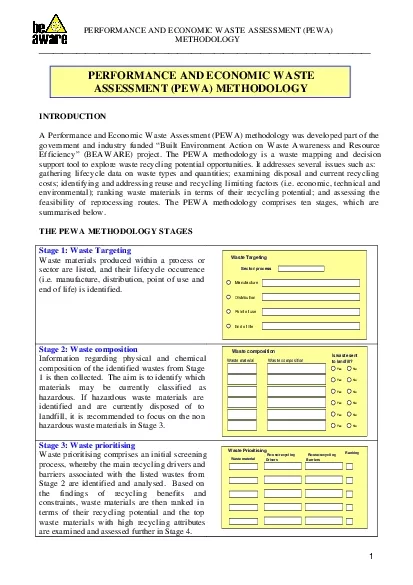PDF-I. GENERAL INFORMATION 1.A. Methodology used to complete the review: T
Author : tawny-fly | Published Date : 2016-08-27
Date listedEntity listedClassificationIC3 Associated rulemakings 2 IC4 Review History Updated information on status and threats no formal fivefactor analysis and
Presentation Embed Code
Download Presentation
Download Presentation The PPT/PDF document "I. GENERAL INFORMATION 1.A. Methodology ..." is the property of its rightful owner. Permission is granted to download and print the materials on this website for personal, non-commercial use only, and to display it on your personal computer provided you do not modify the materials and that you retain all copyright notices contained in the materials. By downloading content from our website, you accept the terms of this agreement.
I. GENERAL INFORMATION 1.A. Methodology used to complete the review: T: Transcript
Download Rules Of Document
"I. GENERAL INFORMATION 1.A. Methodology used to complete the review: T"The content belongs to its owner. You may download and print it for personal use, without modification, and keep all copyright notices. By downloading, you agree to these terms.
Related Documents














